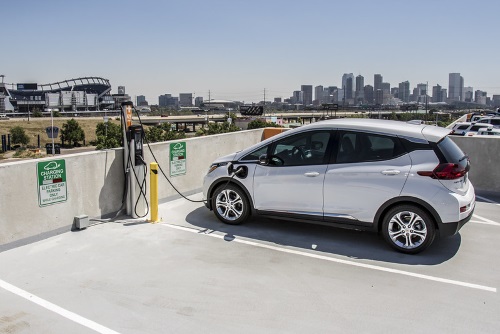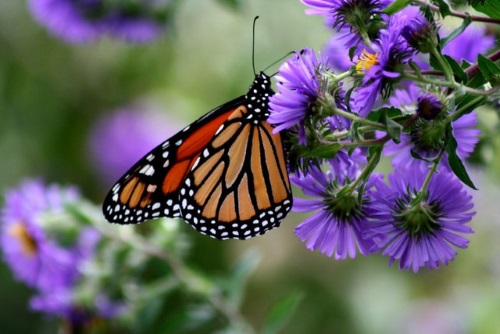A roundup of headlines curated for state transportation environmental professionals
Tell us what you think of the new ETAP Newsletter by taking this short survey!
FEDERAL ACTION
Senate Committee Approves Water Infrastructure Measures – Transport Topics
Chairs DeFazio, Napolitano Introduce Legislation to Block Implementation of Trump’s Dirty Water Rule – House Committee on Transportation and Infrastructure (Press release)
The Trump administration is planning to protect fewer waterways. New Jersey is suing to stop that.– NJ.com
National Transportation Groups Call on Congress to Fast-Track Investments in Transit and Active Transportation – Bicycle Retailer and Industry News
Agency leans on 1870s ‘housekeeping’ law to block science – E&E News
Lawmakers Still Eyeing Highway Bill Despite Coronavirus Relief Efforts – Transport Topics
The Trump Administration Is Reversing Nearly 100 Environmental Rules. Here’s the Full List. – New York Times (subscription required)
COVID-19
Transportation Fallout from COVID-19 Pandemic Continues – AASHTO Journal
Coronavirus cuts transportation funding, puts major road and bridge projects on hold – USA Today
Apple, Google ban use of location tracking in contact tracing apps – Reuters
Mobility Trends in New York City During COVID-19 Pandemic: Analyses of transportation modes throughout March 2020 – University Transportation Research Center (Report)
Coronavirus: Environmental Savior or Devastator? – Fordham Observer
IPATH Recorded Webinar: Transport Impacts And Innovations: COVID-19 – IPATH
A Pandemic That Cleared Skies and Halted Cities Isn’t Slowing Global Warming – Bloomberg (subscription required)
NEPA
Public Strongly Opposes CEQ’s National Environmental Policy Act Proposal – EHS Daily Advisor
INFRASTRUCTURE RESILIENCE AND SUSTAINABILITY
Multiple flooding sources threaten Honolulu’s infrastructure – University of Hawai’i
Fortress Charleston: Will Walling Off the City Hold Back the Waters? – Yale Environment360
AIR QUALITY
NOAA Researchers: Air Quality In Colorado Improving, Some Other States Not So Much – KCNC
New data shows how much cleaner Utah’s air is during the pandemic. Will it drive future decisions? – Salt Lake Tribune
NATURAL RESOURCES
EPA’s Clean Water Act rollbacks must be stopped – Orlando Sentinel (Commentary)
Louisiana DOTD Launches Highway Cleanup Effort – AASHTO Journal
CULTURAL RESOURCES
National Trust urges Congress to support historic preservation efforts during coronavirus crisis – The Architect’s Newspaper
Historic downtown San Jose building could pose issues for Jay Paul’s proposed mega campus -Mercury News (subscription required)
HEALTH AND HUMAN ENVIRONMENT/ACTIVE TRANSPORTATION
Bike detection sensors installed at busy Saanich intersection – Victoria (B.C.) News
Safe Transportation For Every Pedestrian – FHWA’s EDC News
Seattle to permanently close 20 miles of streets to traffic so residents can exercise and bike on them – CNN
What do ATA’s peer organizations across the country think of open streets? – Streetsblog Chicago
The Pandemic Will Mean Big, Lasting Changes for Urban Mobility – Government Technology
TRB RESOURCES/ANNOUNCEMENTS
TRB Webinar: Enhancing Monarch Butterfly Habitats Along Roadway Corridors – TRB
TRB Webinar: Evolution of Project Delivery Information Systems – TRB
TRB Straight to Recording for All: Landscape Design Practices for Roadside Water Management – TRB
Telework transportation research in light of the COVID-19 pandemic – TRB
Agencies Capture Value From Transportation Improvements – Innovator (FHWA)
Webinar: Impact Of Covid-19 On Mobility And New York’s Response – Intelligent Transportation Society of New York (link to registration)
FEDERAL REGISTER NOTICES
Environmental Impact Statements; Availability, etc.: Southern Bighorn Solar Project on the Moapa River Indian Reservation, Clark County, NV – Bureau of Indian Affairs (Notice of Intent)Draft Supplemental Programmatic Environmental Assessment for Fisheries Research Conducted and Funded by the Southwest Fisheries Science Center – NOAA (Notice)
Hart Mountain National Antelope Refuge, Lake County, OR; Notice of Intent To Prepare a Bighorn Sheep Management Plan and Environmental Impact Statement – Fish and Wildlife Service (Notice)
Dos Osos Reservoir Replacement Project, Contra Costa County, California; Draft Categorical Exclusion and Draft Habitat Conservation Plan – Fish and Wildlife Service (Notice)
West Virginia Regulatory Program – Office of Surface Mining Reclamation and Enforcement (Final Rule)
Notice of Lodging of Proposed Consent Decree Under the Clean Air Act – Justice Department (Notice)


